Outils de coupe en carbure de tungstène sont dignes de confiance dans des industries comme aérospatial, automobile, fabrication de moules, et usinage de précision. Leur force, résistance à l'usure, et la vitesse de coupe les rendent indispensables.
Mais lorsqu'il s'agit de choisir entre les versions non revêtues et revêtues, de nombreux décideurs dans les entreprises d'usinage se retrouvent incertains.
Ce guide explique en langage clair les véritables différences entre les outils de coupe en carbure de tungstène non revêtus et revêtus.
Nous vous montrerons comment les revêtements affectent la durée de vie, les performances et le coût des outils, afin que vous puissiez prendre la bonne décision pour votre opération.
Que sont les outils en carbure de tungstène non revêtus ?
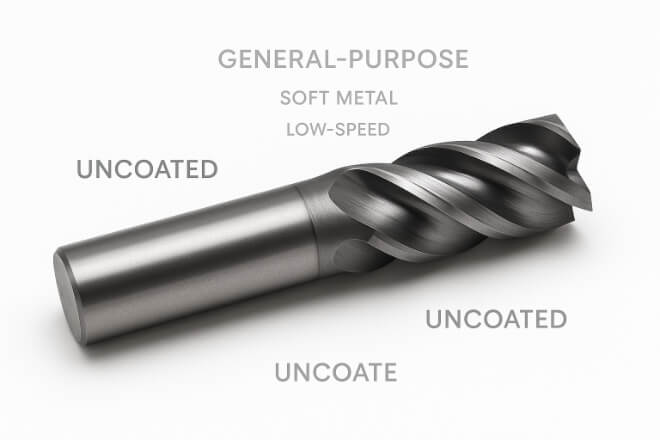
Les outils en carbure de tungstène non revêtus sont fabriqués à partir d'un matériau en carbure de tungstène solide sans aucun traitement de surface.
Ils offrent un haut dureté niveau et sont largement utilisés dans les applications où la chaleur et l'usure sont gérables.
Ces outils sont généralement utilisés dans :
Usinage à usage général
Opérations de coupe à basse vitesse
Matériaux qui ne génèrent pas beaucoup de chaleur (comme les plastiques ou les métaux mous)
Bien qu'ils soient moins chers au départ, ils s'usent plus rapidement lors de la coupe de matériaux plus durs ou lors de l'utilisation à grande vitesse.
Que sont les outils en carbure de tungstène revêtus ?
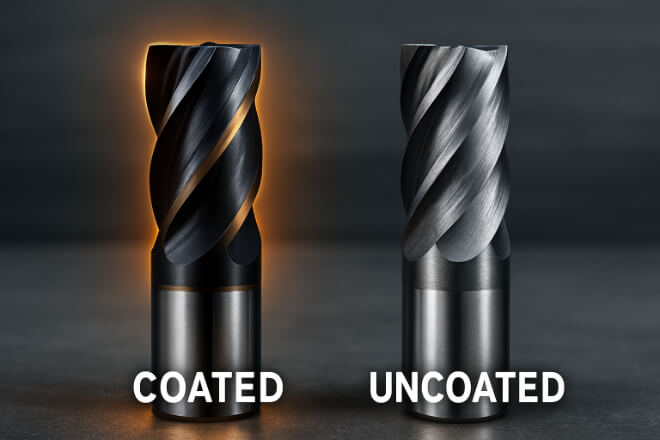
Les outils en carbure de tungstène revêtus sont recouverts d'une fine couche dure. Ce revêtement protège l'outil et améliore les performances de coupe.
Les revêtements courants comprennent :
TiN (nitrure de titane) – améliore la dureté et réduit la friction
TiAlN (nitrure de titane et d'aluminium) – supporte les températures élevées
AlTiN – augmente la résistance à l'oxydation
DLC (Diamond-Like Carbon) – idéal pour les matériaux non ferreux et abrasifs
Ces revêtements sont généralement appliqués par des procédés de dépôt physique en phase vapeur (PVD) ou de dépôt chimique en phase vapeur (CVD).
Les outils revêtus sont idéaux pour :
Usinage à grande vitesse
Matériaux durs comme l'acier inoxydable ou la fonte
Réduire l'usure des outils et prolonger leur durée de vie
Principales différences entre les outils en carbure de tungstène non revêtus et revêtus
Voici une analyse claire de la façon dont ces deux types d’outils se comparent :
| Fonctionnalité | Outils non revêtus | Outils revêtus |
|---|---|---|
| Protection de surface | Aucune protection supplémentaire | La couche de revêtement dure résiste à l'usure |
| Résistance à la chaleur | Inférieur | Plus élevé – résiste aux températures extrêmes |
| Durée de vie de l'outil | Plus court | Plus long en raison d'une usure réduite |
| Friction et écoulement des copeaux | Friction plus élevée | Un frottement plus faible améliore l'élimination des copeaux |
| Applications idéales | Matériaux souples, travaux à faible vitesse | Matériaux durs, usinage à grande vitesse |
| Coût | Plus bas à l'avant | Des frais initiaux plus élevés, un meilleur retour sur investissement |
Avantages de l'utilisation d'outils en carbure de tungstène revêtus
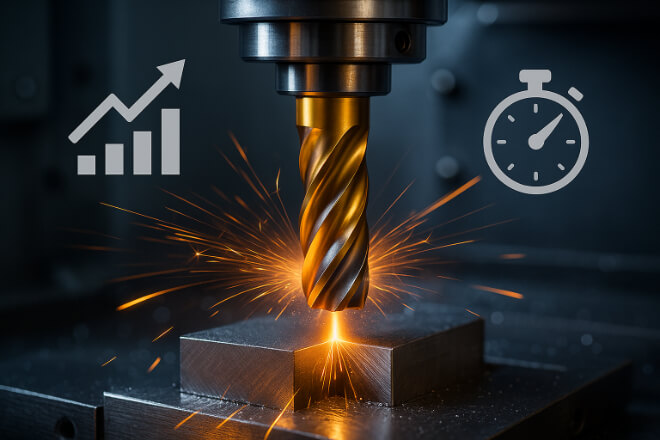
Décomposons pourquoi les revêtements peuvent considérablement améliorer les performances de l’usinage industriel :
- Durée de vie de l'outil plus longue
Les revêtements agissent comme une véritable armure. Ils réduisent l'usure des outils, retardent l'arrondi des arêtes et améliorent la durabilité, notamment lors de l'usinage des métaux durs.
- Vitesses et avances plus élevées
Parce que les outils revêtus supportent mieux la chaleur, ils permettent des vitesses de coupe plus rapides et des avances plus élevées, améliorant ainsi la productivité.
- Meilleure finition de surface
Les outils revêtus réduisent la friction, ce qui permet d'obtenir des surfaces plus lisses et des tolérances plus strictes.
- Moins de temps d'arrêt
Une durée de vie plus longue de l’outil signifie moins de changements d’outils, ce qui contribue à réduire les temps d’arrêt des machines.
- Coût total par pièce inférieur
Bien que les outils revêtus puissent coûter plus cher au départ, ils offrent de meilleurs résultats à long terme. Ils sont donc rentables pour les grandes séries.
Quand faut-il utiliser des outils non revêtus ?
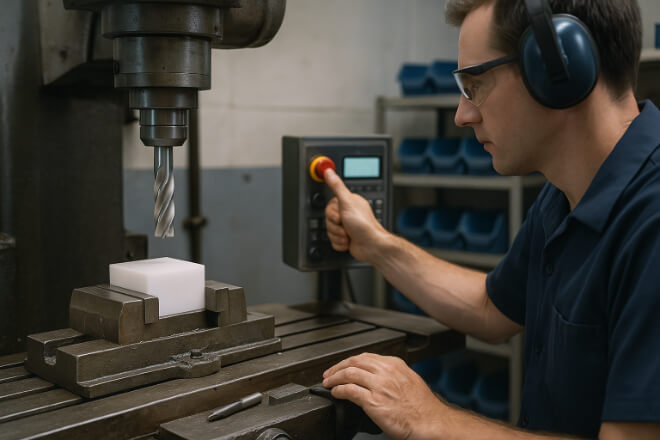
Bien que les outils revêtus présentent des avantages, il existe des moments où les outils non revêtus sont plus judicieux :
Vous usinez des matériaux souples comme le plastique, le laiton ou l'aluminium
Vous avez un petit budget et n'avez pas besoin d'une vitesse de production élevée
Votre opération utilise des vitesses de broche plus lentes et des machines plus simples
Vous préférez un réaffûtage facile (certains revêtements rendent cela difficile)
Les outils non revêtus sont plus faciles à réaffûter et peuvent convenir au prototypage, aux séries à faible volume ou aux travaux à usage général.
Quand les outils revêtus sont le meilleur choix
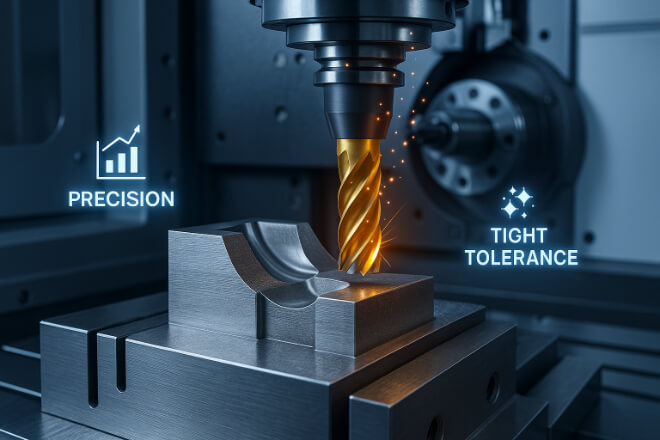
Si vos opérations d'usinage impliquent des vitesses élevées, des matériaux complexes ou des délais serrés, les outils revêtus représentent souvent un investissement rentable. Ils sont idéaux pour :
Aérospatial et automobile production
Découpe d'acier inoxydable, d'alliages de nickel ou d'acier trempé
Ateliers CNC visant la précision, la rapidité et la cohérence
Opérations cherchant à réduire les déchets et le temps de changement d'outils
De plus, de nombreux outils revêtus prennent en charge l’usinage à sec, ce qui élimine le besoin de fluides de coupe, ce qui est meilleur en termes de coût et d’environnement.
Choisir le bon revêtement pour votre application
Chaque revêtement offre des avantages uniques. Voici un guide rapide :
| Type de revêtement | Idéal pour | Avantage principal |
|---|---|---|
| Étain | Usage général, acier, fonte | Réduit l'usure et la friction |
| TiAlN / AlTiN | Métaux à haute température comme l'acier inoxydable | Résiste à la chaleur et à l'oxydation |
| DLC | Aluminium, cuivre, plastiques | Empêche l'accumulation de matière |
| Diamant CVD | Fibre de carbone, céramique | Dureté extrême et résistance à l'usure |
Réflexions finales : lequel est le meilleur ?
Il n'y a pas de réponse unique. Le meilleur outil dépend de ce que vous coupez, de la vitesse à laquelle vous devez travailler et de la qualité que vous attendez.
Mais dans de nombreuses applications d'usinage modernes, les outils de coupe en carbure de tungstène revêtu offrent un avantage certain. Ils durent plus longtemps, sont plus performants et réduisent les coûts globaux, même s'ils coûtent un peu plus cher au départ.
Vous recherchez des outils alliant précision et durabilité ? Visitez Retopz pour découvrir notre gamme d'outils de coupe en carbure revêtus et non revêtus, auxquels font confiance les fabricants du monde entier.
